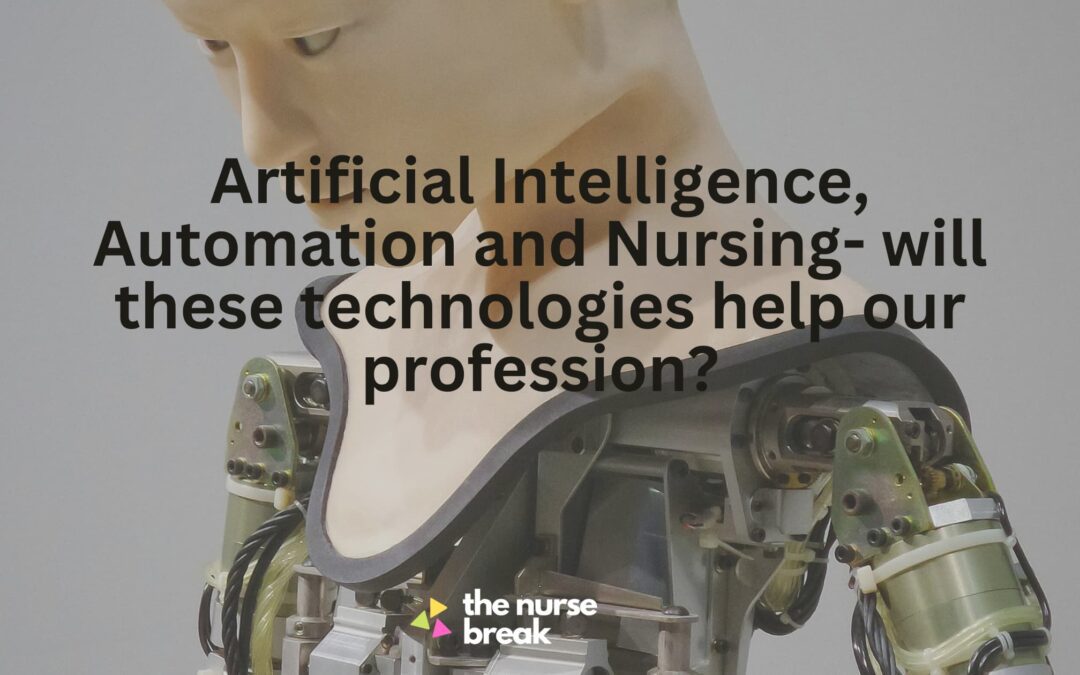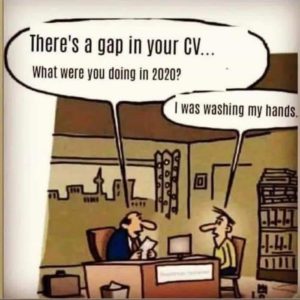
Kate Renzenbrink | Director of Nursing & Midwifery Informatics (CNMIO)
The following article was written March 28, 2021.
Kate has extensive experience as a nursing and midwifery leader and as an ambassador for effective digital health transformation at the National, State and local level.
Kate’s advocacy for nursing and midwifery as well as consumers has been crafted through roles which include her current position as the Chief Nursing and Midwifery Informatics Officer at Western Health and as a Clinical Reference Lead at the Australian Digital Health Agency. Kate’s clinical background covers regional health, specialist clinics, aged care, women’s health/cancer care, clinical education and cardiothoracic nursing.
As the COVID19 pandemic continues to challenge both our healthcare system and the health policies shaping the response, we’ve seen a rapid change to the way we deliver healthcare. Widespread adoption of digital health tools such as telehealth and virtual models of care can help patients access care from home with the use of equipment to monitor their health status. In Australia, more than 30 million Medicare eligible telehealth consultations have occurred since March 2020, and patients overwhelmingly want the format to continue.
Evidence is emerging that automation can boost productivity and open up new types of work in which technical skills are required. Application of technologies such as robotics and Artificial intelligence (AI) are seeing an increase in interest from health consumers, health care professionals, business and governments tasked with effective and efficient use of scare healthcare resources. So what do nurses need to know about these technologies and what kinds of skills will the nurse of the future require? If the current worldwide shortage of nurses worsens, will robots take over?
Automation, which is the application of technologies to produce and deliver goods and services with minimal human intervention, is already widespread in healthcare. Clinical information systems use software to collect, store and share patient information to assist with patient flow and to record patient results, assessments, diagnoses and clinical problems, to help shape the best possible plan of care. Barcode readers support nurses to confirm a patient’s identity to ensure that they are receiving the right medication at the right time and have been linked to a reduction in medication errors of 54% to 87%. Automated guided vehicles, driven by wireless technology deliver clean linen and patient meals to wards. Robotically assisted surgeries are established and proven modalities.
Artificial intelligence (AI) is used as an overarching term to describe the use of computers, robots and machines to undertake tasks that are complex and therefore mimic human cognitive efforts to interpret information. AI applications in healthcare have potential to reduce errors and add efficiency by processing large amounts of data much faster than humans can. For example, AI and machine learning may improve diagnosis of lymph node in metastatic breast cancer as well as, or better than expert pathologists. Machine learning, which is a branch of AI, uses computers to learn from the data therefore improving accuracy over time without needing programming at the outset. These tools use algorithms, sequential instructions used in calculations and computerised problem-solving. AI-based Patient symptom checkers can help consumers work access health information relevant to their situation, or to help make decisions about when to seek care from their healthcare provider.
Despite the evidence that automation and AI may contribute to better healthcare and increased efficiency, the introduction of technologies comes with challenges. One of the more prominent concerns is that robots or AI will displace those in patient-facing roles. While a fully-integrated and autonomous robot nurse doesn’t yet exist, prototypes have been developed to assist in manual care tasks. Research shows that nurses continue to spend time on non-nursing tasks that could be delegated, and this is where the use of robotics could assist. For example, a remote controlled robot assistant was designed for tele-nursing in Ebola quarantine rooms to support the care of highly infectious patients. As the technology improves, sophisticated conversational androids like ERICA in Japan, may prove useful in providing patient support.
These innovations capture our imagination but may also make people feel uncomfortable, especially when human interaction is substituted. The other major concern is that computer programming and AI is subject to the biases and limitations mirrored in wider society. For example, most AI voice assistants are designed with a female voice to enhance the perception of helpful service. The world’s nursing workforce is predominantly female and so it’s increasingly important that technology doesn’t perpetuate gendered-stereotypes that already constrain advancement of the nursing profession by undervaluing the work of caring. Datasets which are incomplete or biased can lead to decisions which impact particular cohorts of people. For instance, pregnant women are rarely included in studies trialling pharmaceutical therapies. Care must be taken to ensure AI is not trained on skewed data.
As nursing is underpinned by a set of ethical standards to ensure that care is person-centred and safe, it is imperative that nurses understand the limitations of technologies as well as the potential benefits. Critically, AI and robots cannot perform the complex, highly skilled work nursing encompasses. However, nurses still need to become familiar with technology to ensure that technologies are ethically applied and evaluated. Nurses need to be strategic in their skill development to become key decision-makers and designers of technology so that factors that impact health outcomes are identified and addressed effectively. This way, nurses can continue to ensure that the quality and safety of healthcare is upheld while meeting the needs of nurses and their patients into the future.






You must be logged in to post a comment.